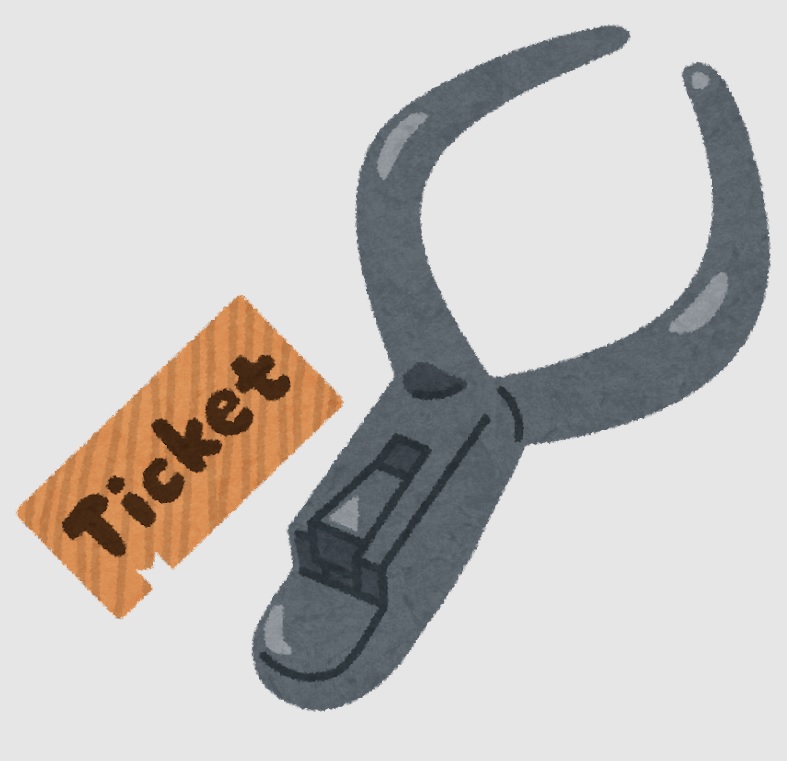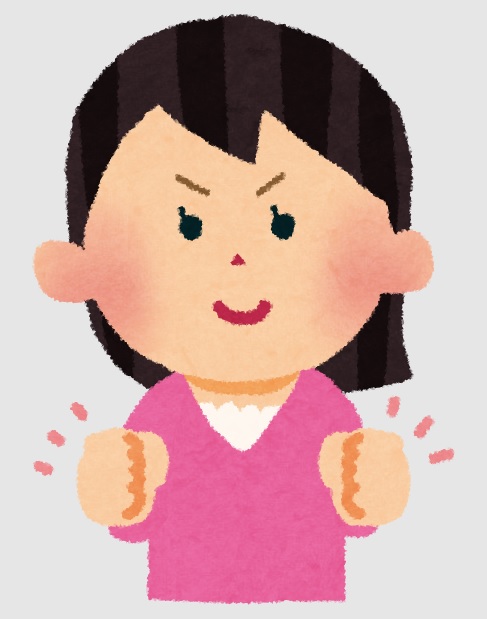管理人オススメコンテンツはこちら
「地獄への片道切符|リボ払いの裏側:賢い選択で未来を守る」
〜前回のつづき〜
●内訳を詳しく見てみよう(つづき)
(5)リボ払い
利用金額や件数に関わらず
月の返済額がほぼ一定になるという
支払い方法なんですけど
3年毎に20万円を
リボ払いする前提で
返済が終わって負債がゼロになったら
またリボでお金を借りたという計算で
シミュレーションしてみます。
借入総額 20万円
借入金利 15%
返済期間 3年
返済総額 25万円
利息は5万円になるんですよね。
30年間これを繰り返すと
50万円利息として
払ってるという事になります。
でもリボ払いの場合
ちゃんと借入残高を減らしていった場合
の話なんですよね。
実際には元本の所は減らさずに
リボ払いをし続ける人
というのが多いので
現実にはもっともっと
金利の負担というのが
重くなってくるので
こんな金利で済んでる人というのは
ほとんどいないし
リボ払いを使ってる人で
これぐらいの利息で済んでる人
というのはほぼいません。
だからリボ払いというのは
以前にもお話ししましたが
『地獄への片道切符』なので
注意して下さい。
借入金利15%ですからね。
今までのお話しを
読んでくれてる人であれば
わかりますよね?
15%投資で回そうとすると
一体どれだけの投資をする必要があるのか?
世界最高の投資家とかじゃないと出せない金利ですよ。
15%って。
それを借金で真逆の事をやってしまう。
大金持ちと真逆の事をしてしまった場合
一体どうなるのか?
という事ですよね。
〜〜〜つづく〜〜〜
Special Thanks college president Ryo.
●おまけ
≪≪Chat-GPTくんによる要約→perplexityちゃんによる文章まとめ≫≫
リボ払いは、利用金額や件数に関わらず月々の返済額がほぼ一定になる支払い方法ですが、その仕組みには注意が必要です。例えば、借入総額20万円、金利15%、返済期間3年の場合、利息は5万円となり、30年間繰り返すと総利息は50万円に達します。しかし、多くの利用者は元本を減らさずにリボ払いを続けるため、実際の金利負担はさらに重くなります。このため、リボ払いは「地獄への片道切符」とも言われ、安易に利用することは避けるべきです。
また、15%という高金利は、投資でも達成が難しい水準であり、富裕層とは真逆の行動を取ることになります。このように、リボ払いは一見便利に思えるものの、長期的には深刻な財務問題を引き起こす可能性があるため、十分な理解と管理が求められます。
Citations:
[1] https://www.jcb.co.jp/loancard/special/commission.html
[2] https://green-osaka.com/sh-knowhow/saimuseiri/interest-rate-calculation-of-revolving.html
[3] https://www.shouhiseikatu.metro.tokyo.lg.jp/center/kyoiku/web/kou03/contents/revo.html
[4] https://www.jibunbank.co.jp/column/article/00204/
[5] https://www3.lifecard.co.jp/WebDesk/www/returnSimShopping/shoppingSimRiboInp.html
[6] https://www.jcb.co.jp/payment/pop/shopping-revolving-simulation.html?pram=searchsim
[7] https://www.kaiketu-saimuseiri.jp/hensai-simulation
[8] https://www.hokenerabi.com/lawyer/revolving-commission
≪≪Chat-GPTくんによる英訳≫≫
~Continuing from the previous part~
【Let’s take a closer look at the breakdown (continued)】
(5) Revolving Payments (Revolving Credit)
This is a payment method where the monthly repayment amount remains almost constant regardless of the amount or number of transactions.
Now, let’s simulate a scenario where you use revolving payments to borrow ¥200,000 every three years. Assuming that once you’ve finished repaying the debt and your balance is zero, you borrow again using revolving credit.
Borrowed Amount: ¥200,000
Interest Rate: 15%
Repayment Period: 3 years
Total Repayment Amount: ¥250,000
The interest ends up being ¥50,000.
If you repeat this process for 30 years, you will have paid ¥500,000 just in interest.
However, this assumes that you’re properly reducing your outstanding balance with each payment. In reality, many people continue to use revolving payments without reducing the principal balance.
As a result, the interest burden becomes much heavier, and very few people manage to pay off their debt with such a low amount of interest.
This is why, as I mentioned before, revolving payments are essentially a “one-way ticket to hell.” Please be cautious.
After all, the interest rate is 15%.
For those of you who have followed along with my previous discussions, you understand, right? Imagine how much you would need to invest to achieve a 15% return. Only the world’s greatest investors can achieve such rates—15% is incredibly high.
But in this case, you’re doing the exact opposite with debt. What happens when you do the exact opposite of what wealthy people do?
That’s the question here.
Special Thanks OpenAI and Perplexity AI, Inc


